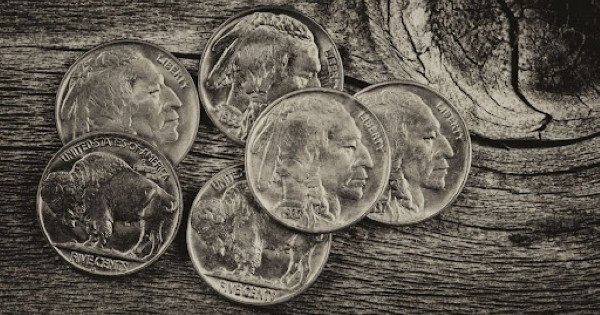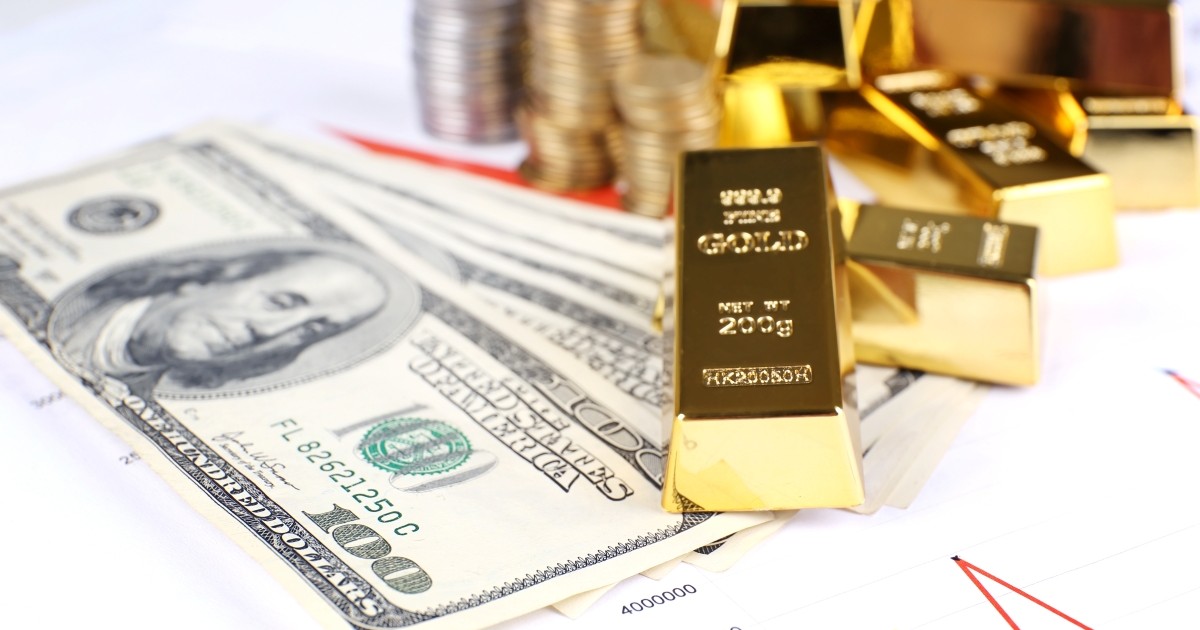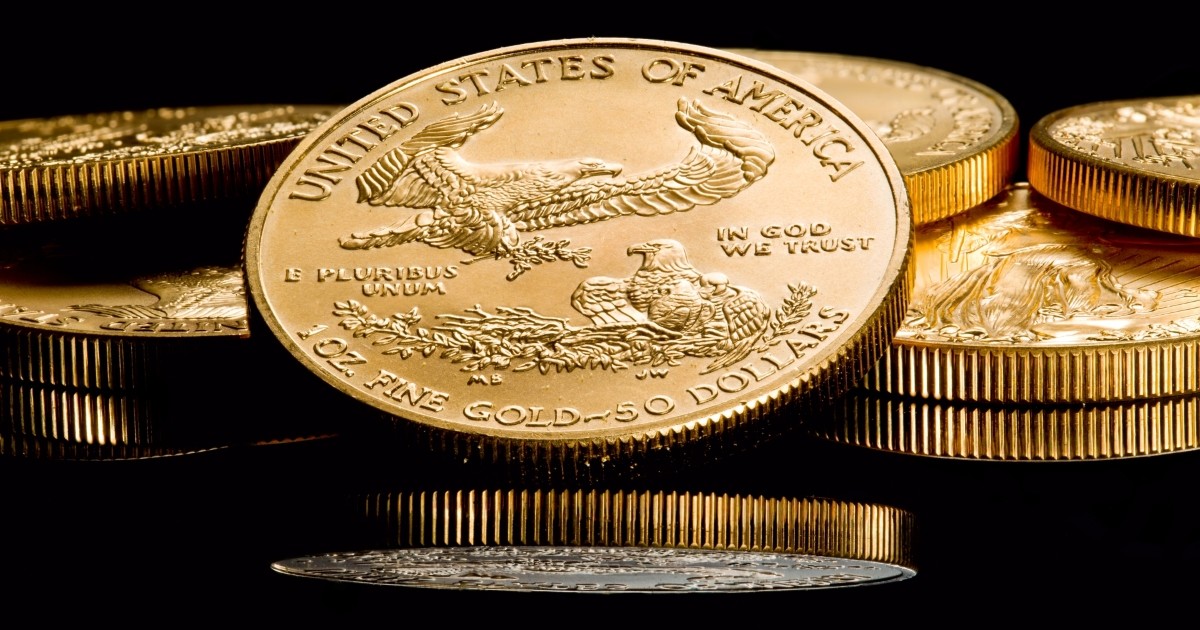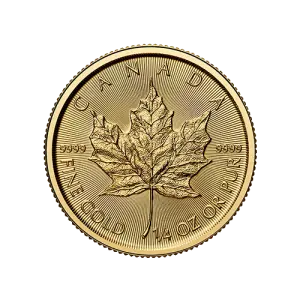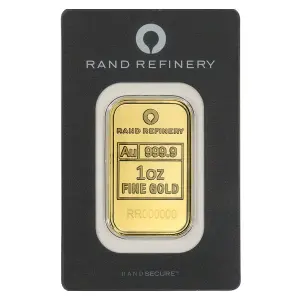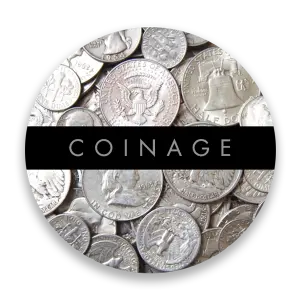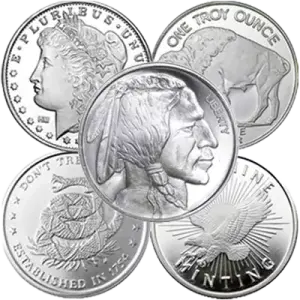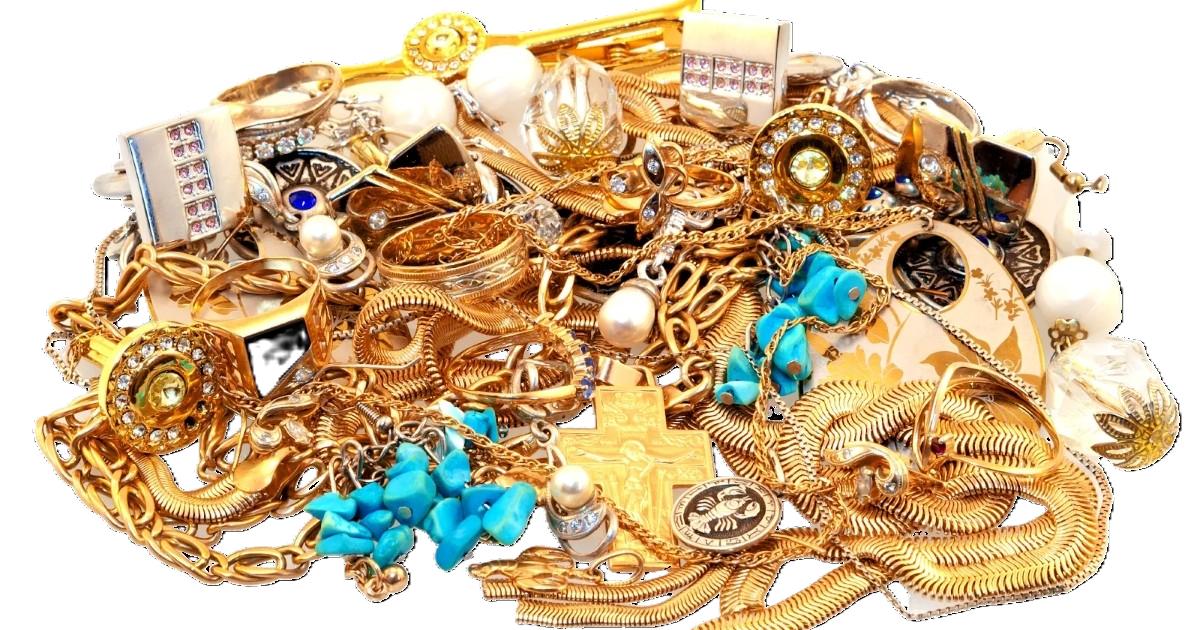
The demand for recycled scrap metals is skyrocketing as the supply chain lacks regularity, and the green energy agenda is being pushed by organizations and industries. Manufacturers, construction companies, and tech companies are competing for the same scarce resources, making scrap metals more valuable than ever.
Recyclable metals extend from aluminum cans to catalytic converters; almost every piece of discarded metal holds recycling value; you just need to know where and when to sell it to get the best return. You’d be surprised at how quickly small volumes add up to wealth when you are in the right markets at the right times.
In this blog, we will explore the current scrap metal prices, the factors currently driving metals prices in 2025, and how sellers can determine when to sell for the best return. We will also cover some recent price trends, what is driving that demand, and some helpful tips to get the most out of your scrap metals!
Current Scrap Metal Prices in 2025 (U.S. Market Overview)
Here’s the price for popular scrap metals like copper, aluminum, brass, stainless steel, and iron. Prices reflect recent averages available through mid-2025:
- Copper: $3.50 to $3.70 per lb (August 2025)
- Aluminum: $0.55 to $0.80 per lb (August 2025)
- Brass: $2.20 to $2.95 per lb (August 2025)
- Stainless Steel: $0.30 to $0.52 per lb (August 2025)
- Iron: $0.06 to $0.09 per lb (August 2025)
These numbers give you a clear indication of what prices look like, and were captured recently from scrap exchanges in the U.S., allowing you to quickly compare values and see what metals may return you the best profit!
What’s Driving Scrap Metal Prices in 2025?
In 2025, scrap metal values are determined by numerous domestic and global factors. Global factors include the heavy demand from India and China, and ongoing supply chain interruptions have the prices on the upswing. The growing electric vehicle (EV) sector creates significant pressure, particularly on materials like copper and aluminum.
Within the U.S., numerous infrastructure projects create an uproaring demand for steel, iron, and aluminum; inflationary pressures and higher labor wages are further pushing prices within the recycling scrap metals sector. Companies like BlueScope Steel a major player in steel manufacturing and recycling are directly impacted by these market dynamics, with increased demand for construction-grade steel and coated products.
Certain metals are picking up a stronger momentum lately; with copper still in high demand for EV wires, aluminum benefits from packaging uses and creating lightweight vehicle bodies. Stainless steel and brass mainly retain their value as they are strong, durable, and versatile.
Where to Sell Scrap Metal: Local vs. Reputable Buyers
Selling scrap metal today doesn't have to happen at the old neighborhood yard - options abound. The local scrap yards are fast and easy, but the prices fluctuate significantly, while the smaller ones may not have the capacity to give you a fair and consistent price.
Working with a respectable dealer, like Pacific Precious Metals, offers more transparency, accurate scales, certified transactions, and much more. If you are exchanging large volumes or working with metals of high value, like clean copper wire, it is well worth the effort, and the professionalism in dealing with a reputable dealer really pays off.
Regardless of where you decide to recycle your scrap metals, make sure you see your scrap metals being weighed, and always make sure to ask for a ticket that shows the important numbers and proper certifications for regulated items. It's all about making sure you walk away with the right price and peace of mind.
How to Get the Best Price for Scrap Metal
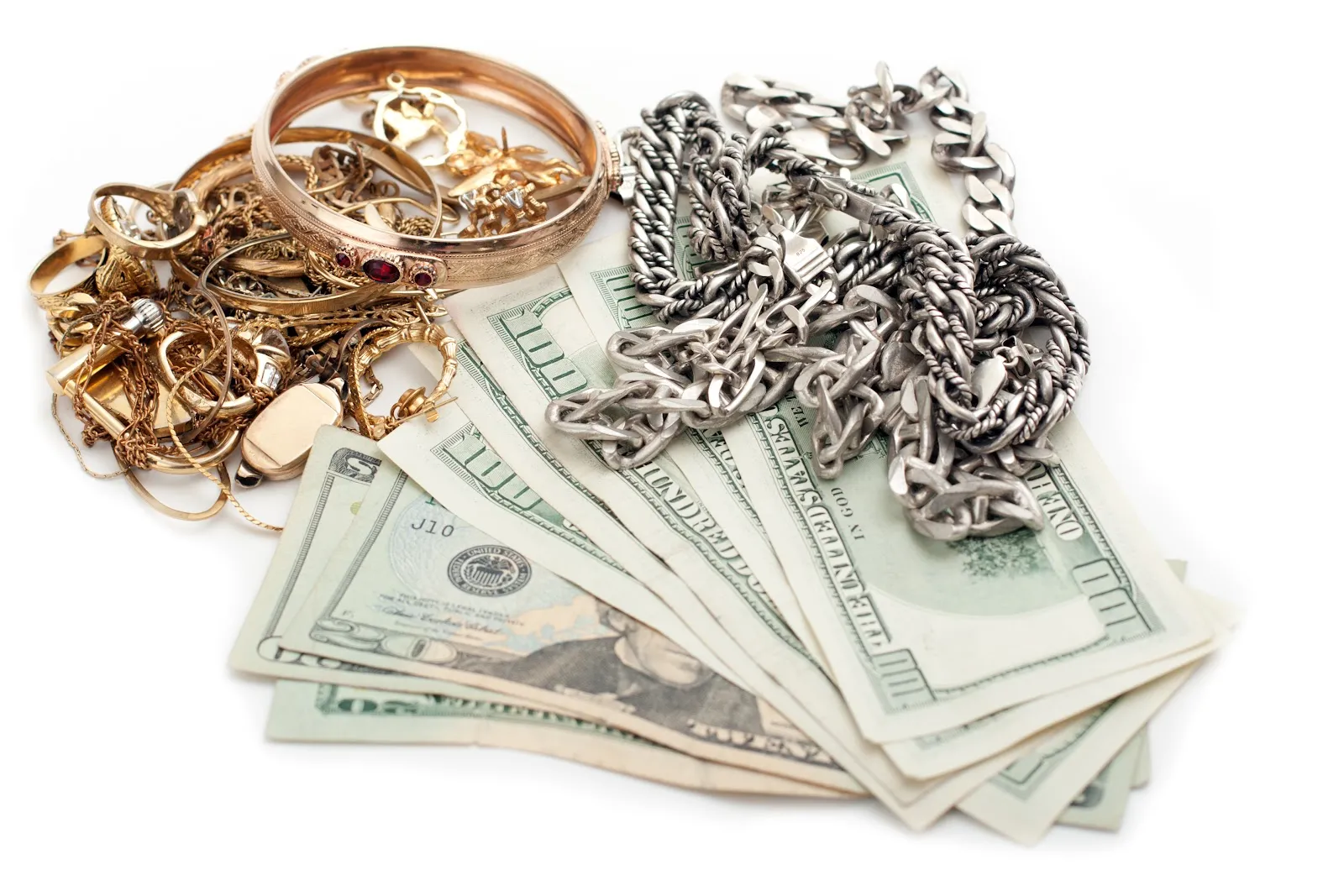
Are you seeking maximum benefit for your scrap? Quality of presentation does matter. For example, a clean, free from paint, rust, or any attachments, receives higher compensation than a large mixed or messy pile of scrap. Sorting out your metals makes the pricing straightforward and often pushes your compensation higher.
Beyond sorting, remove anything that is non-metal, such as plastic or insulation. For instance, bare copper wire is worth far more than insulated copper wire. Selling in bulk also gives you the upper hand while negotiating with the buyers.
How can I increase the value of scrap metal?
Set it clean, sort it, and sell to a bidder who has business integrity and AHRI-certified scales.
What are the most valuable scrap metals?
Copper, brass, aluminum, and stainless steel, in that exact priority order.
Should I sell now or wait?
If the trend of prices is moving upwards, then holding out may benefit you. If the prices are already high or up to your expectations, then locking in current scrap metal prices may be the strategic move.
Scrap Metal vs Precious Metal: Know the Difference
Both categories include recycling and reselling; however, scrap metals (copper, aluminum, and brass) are very different from precious metals scraps (gold, silver, and platinum). The difference between scrap metals and precious metal scrap is scarcity and value in the market. Precious metals are not as abundant and are often used in fine jewelry, investment products, and specialized industrial applications, which drives their selling prices much higher per ounce or gram.
Precious metals will almost always bring much higher rates because of their rarity, global availability, and their value throughout the years, in good and bad economic conditions. Scrap metals are much more abundant, yet can still bring very decent returns, especially when there is an industrial demand surge or supply shortages that drive prices higher.
Most base metals can be sold to a local scrap yard or a reputable scrap dealer. If you are selling precious metal scrap material, such as old broken gold jewelry or silverware, a bullion dealer, like Pacific Precious Metals, will provide accurate testing, prices, and payout rates based on the live market. We have stores across California, including: Fremont, Palo Alto, Sausalito, and Walnut Creek. Stop by and get to learn more.
What Pacific Precious Metals Accepts (and What We Don’t)
We work with a wide range of precious metal materials, including scrap gold and silver jewelry, investment-grade coins and bars, and certain types of industrial scrap that have precious metals in them. We assess every individual item using precise equipment to ensure the best price based on the current market rate.
However, dirty aluminum, any lead-based scrap, or unidentified materials would not be accepted. As these metals fall under the base metal category, and are better off at the local scrap yard specializing in them, as they’d have much more knowledge to re-purpose or dispose of them appropriately. Clean, identifiable items always make for a smoother process and a quicker, better payout.
How to sell scrap with us:
- Check out our What We Buy Page for current guidelines.
- Bring your materials to one of our locations, and we will assess your materials.
- We will weigh your metals and run our tests right there in front of you.
- We will offer you a price based on the live pricing available to us.
- If you decide to accept the price, we will pay you immediately.
FAQs
What is the biggest factor that affects scrap metal prices?
Scrap metal prices are affected by a number of factors, including supply interactions, global demand, and based on local scrap yard prices near me.
What are the most valuable scrap metals in 2025?
The most valuable scrap metals are copper, brass, aluminum, and stainless steel, in that exact priority order.
Can I sell scrap metal online?
Yes, but it is always advised and wise to find trusted dealers to avoid fraud and have a seamless transaction.
Where can I get the most money for scrap metal near me?
Certified dealers locally most often offer the best price per pound for scrap metal and pay cash immediately.
Is metal recycling a good business in 2025?
Yes, due to current demand, scrap metal will continue to remain profitable for recycling this year.
Forecast: Will Scrap Metal Prices Go Up in 2025–2026?
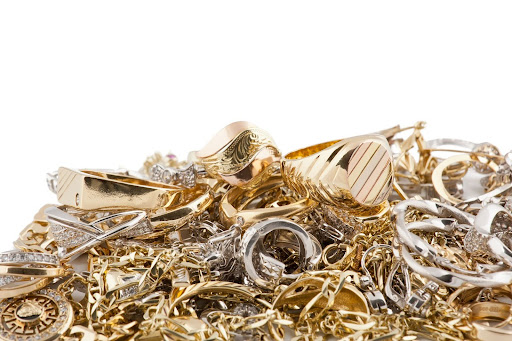
Analysts are expecting not just a steady, but an increase in demand for most metals like copper and aluminum due to the leading growth of renewable energy sources, EVs, and global infrastructural projects. Ferrous metal scraps may see a dip if construction requirements slow down; however, their long-term demand outlook remains buoyed by sustainability, government policy, and recycling mandates.
Copper is typically worth holding due to price lift via supply constraints as well as through increased industrial usage. Aluminum and ferrous metals can sometimes be better sold when seasonal or local demand increases, lifting rates slightly above the historical average, since bulk sales reduce the gross margin.
Ultimately, the decision is often made after the fact, as the direction and condition of the marketplace may dictate timing. The direction of infrastructure project announcements, changes in export flow, and steel mill capacity are relevant indicators you should monitor and may help provide some clarity as to when it may make sense to sell when prices are stable, or to hold out for the price lift. To stay ahead, explore our bullion offerings to secure yourself some good opportunities.

